Innovative Building Materials And Technologies
 The modern development of the economy and society makes new demands on home service contractors and their materials and techniques used in construction, which should provide the possibility of building production facilities of any technical complexity and purpose, and also provide the development of comfortable, modern housing and social facilities that meet current requirements for environmental safety, energy efficiency , wear resistance, economy and aesthetics.
The modern development of the economy and society makes new demands on home service contractors and their materials and techniques used in construction, which should provide the possibility of building production facilities of any technical complexity and purpose, and also provide the development of comfortable, modern housing and social facilities that meet current requirements for environmental safety, energy efficiency , wear resistance, economy and aesthetics.
The most promising types of innovative building materials, whose production in the territory of the region can give a significant impetus to the development of the construction complex in particular and the economy of the region as a whole, are:
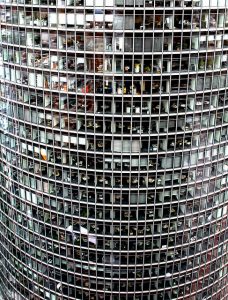 Thermo-modified wood, combining high physical and mechanical properties, similar to the properties of chemically modified timber, and ecological compatibility of natural wood;
Thermo-modified wood, combining high physical and mechanical properties, similar to the properties of chemically modified timber, and ecological compatibility of natural wood;- New types of engineering-modified varieties of concrete with specific features (strength, durability, and environmental friendliness);
- Combined heat-insulating materials (expanded polystyrene, acoustic membranes, vapor-air protective layers, fiberglass insulation systems, structural heat-shielding panels, fixed form work of granular expanded polystyrene, vacuum insulating panels, etc.);
- integrated photovoltaic modules, allowing the objects to be erected in addition to the primary purpose, also perform an additional function – to accumulate solar energy;
- Self-renewing materials (concretes, metals, composites, etc.), which ensure a sharp reduction in average operating costs in the construction industry and substantially increase the life expectancy of buildings and structures;
- Vitreous metals – composite artificial materials possessing the properties of glass and metal, also created by nanotechnology.
Innovative materials enable the development of new technologies for the construction and operation of buildings, the creation of innovative engineering systems, which is especially important in the climatic conditions of USA.
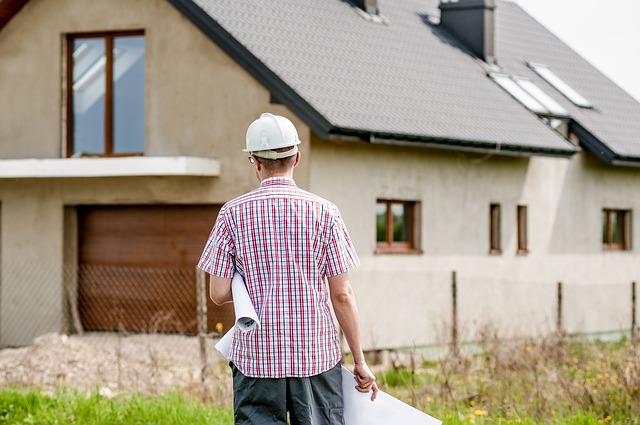 |
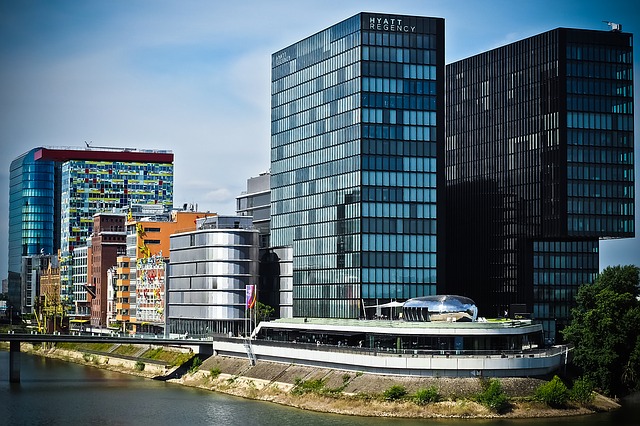 |

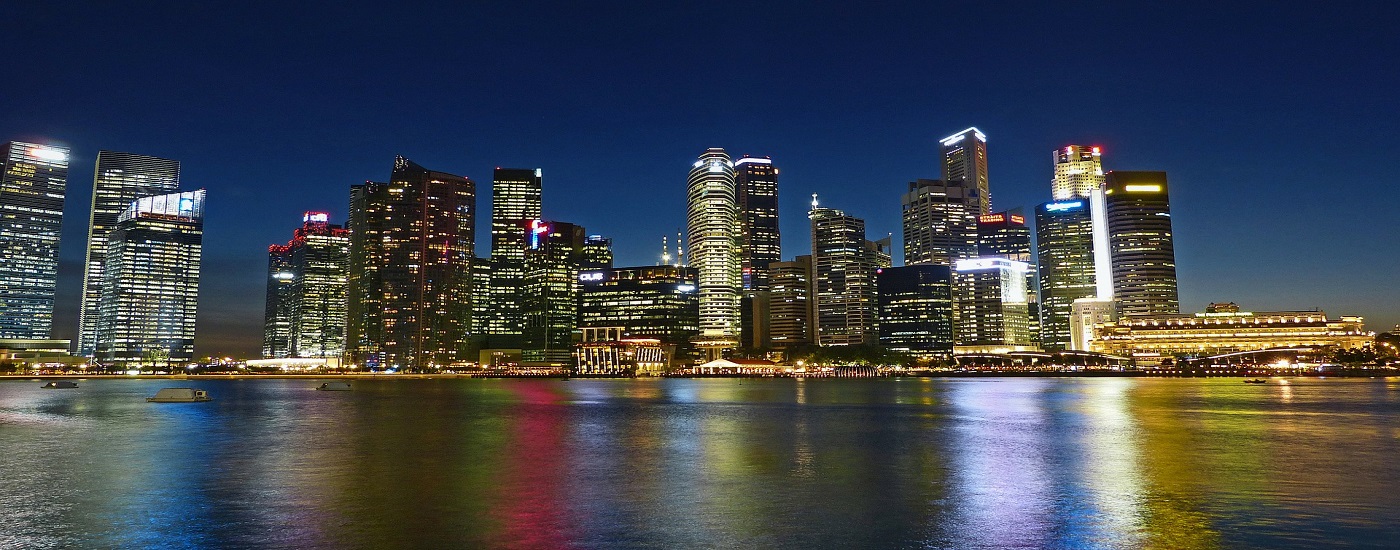
 Siliceous rocks can be an excellent alternative for making such types of building materials as ceramic bricks, lightweight aggregates for concrete and the like.
Siliceous rocks can be an excellent alternative for making such types of building materials as ceramic bricks, lightweight aggregates for concrete and the like.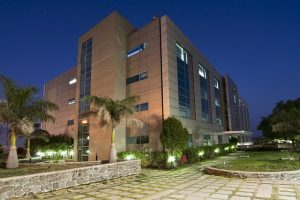 Siliceous rocks are porous materials since sintering, and the resulting shrinkage only partially reduces the natural porosity of the sedimentary rock under glass transition conditions. If the sintering process is completed, a vitreous, almost non-porous mass can be obtained. The sintering experience indicates the possibility of regulating the porosity, bulk density, and strength of the calcined rock. The sintering process that occurs when firing various stones is one of the primary methods in ceramic technology. The most important properties of products: strength, hardness, frost resistance, acid resistance, fractiousness increase with increasing sintering.
Siliceous rocks are porous materials since sintering, and the resulting shrinkage only partially reduces the natural porosity of the sedimentary rock under glass transition conditions. If the sintering process is completed, a vitreous, almost non-porous mass can be obtained. The sintering experience indicates the possibility of regulating the porosity, bulk density, and strength of the calcined rock. The sintering process that occurs when firing various stones is one of the primary methods in ceramic technology. The most important properties of products: strength, hardness, frost resistance, acid resistance, fractiousness increase with increasing sintering.